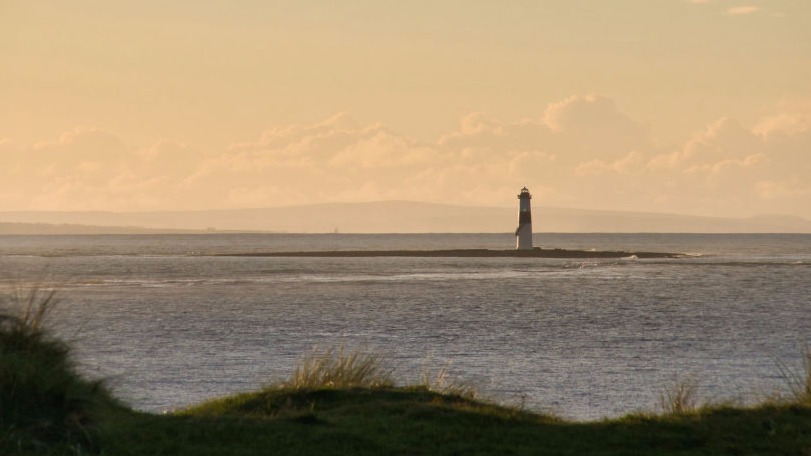
Sligo - Ireland
Low on coal, the steamer sailed into Sligo Port from the North Atlantic.

Low on coal, the steamer sailed into Sligo Port from the North Atlantic.
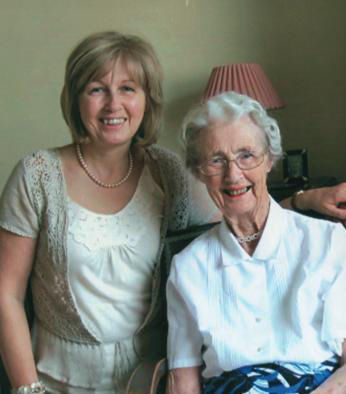
The following materials were provided by Ms. Heather Browne, originally from Sligo, Ireland. While helping her mother sort her possessions after moving to a nursing home, she learned about the Walnut ship.
Heather's mother showed her an album with various cuttings and letters, including two letters from Estonian refugees. This prompted Joan to tell her daughter about the Walnut visit and show her husband's accounting of it.
In 1948, Mrs. Browne and her husband, Pastor C.C.W. Browne, were newlyweds and residents of Sligo when the Walnut ship pulled into town to escape a winter storm and to pick up provisions.
With the hope of learning more about the visit of the ship so long ago, Heather took to the internet to see if anything could be found about such a ship. To our great delight, she found this website, contacted us, and has generously decided to share with us her mother's saved news clipping, father's writing, and letters. We thank Ms. Browne most sincerely for contributing to the memory of this journey.
Right: Heather Browne and her mother Joan.
All materials are courtesy of Heather Browne © Browne Family
.
Map of Ireland: By Nilfanion - Shuttle Radar Topography MissionRelief data National Geospatial-Intelligence AgencyCoastline data File:Ireland location map.svg: NordNordWestBorders, CC BY-SA 3.0, https://commons.wikimedia.org/w/index.php?curid=19104983
Image: Sligo Garavogue river in the evening: Wikipedia Image File CC BY-SA 3.0 https://en.wikipedia.org/wiki/File:Sligo_garavogue_river_in_the_evening.jpgthe Creative Commons Attribution-ShareAlike 3.0 License.
"November 1948 - Refugees"
The first of the memorabilia is a summary of the Walnut visit to Sligo written by Ms. Browne's father, Pastor C.C.W. Browne simply entitled "November 1948 - Refugees". Written on an old typewriter with a faded ribbon, Ms. Browne's mother cannot recall the exact occasion for which her husband wrote the summary. Pastor Browne was a chaplain to the Church of Ireland "Missions to Seamen" and it is quite possible that he wrote the accounting for a newsletter or special church service.
Born in Dublin, Pastor Browne (1916-1991) was a Church of Ireland curate in Northern Ireland and Dublin before becoming Rector of St. John's Church, Sligo in 1947. He was first made Canon and then Diocesan Dean when St. John's status changed to that of cathedral.
Left: Pastor Cecil Browne
Courtesy: Heather Browne © Browne Family
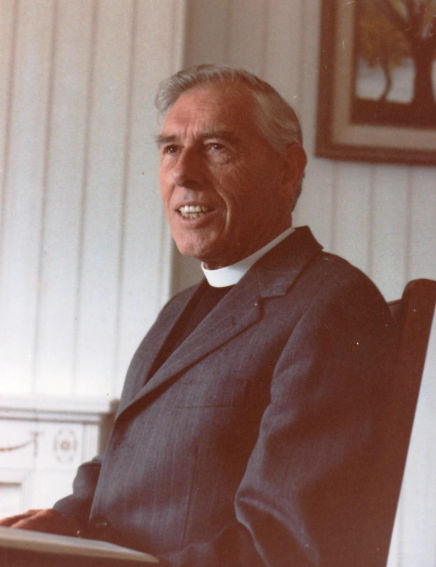
At Amsterdam last August the Rev Elfan Rees, Director of the Refugee Division of the World Council of Churches, declared that there are today no less than 14,000,000 refugees on the Continent. “These refugees”, Mr Rees said, “are neither the dregs of Europe nor the elite. They range from an Archbishop to a drover, from a medical doctor to a tubercular artisan. I make no special claim to their qualities”, he said, “they are just like you and me”. The truth of these statements has been translated into flesh and blood for the people of Sligo. We have seen with our own eyes what the refugee problem really means, so that when in future we read the cold statistics of homeless millions, we will be able to understand something of the suffering and the tragedy which they represent.
It was all brought home to us quite unexpectedly when, on one Wednesday afternoon recently, a small ship of only about 450 tons sailed in from the North Atlantic and tied up at the Sligo Quay. On board were about 365 refugees from the Baltic, mostly Estonians but also some Latvians, Danes and Poles, one Austrian and one German. They had left their own homes in 1944 to avoid the Russian invasion and had settled temporarily in Sweden. There they had worked for the past four years, saving up to continue their flight to Canada where they felt they would be at a safer distance.
It had not been easy getting away from the Russians. Many of their friends had failed in the attempt. Some were drowned in the Gulf of Finland , others were still on the far side of the “Iron Curtain”. One woman told how she had not seen her husband for ten years. He is in a Russian slave-camp and she has little hope of ever seeing him again. With her was her son, a delicate little boy, all she has left in the world apart from a few belongings in a suitcase, lying at the bottom of a pile of similar cases, almost blocking one of the narrow passageways. About half of the passengers were men, the other half women and children. They were from all walks of life and all classes of society, including farmers, textile workers, medical students and a doctor. The oldest was an old woman of 80, almost blind, and the youngest an eight months old baby. All seemed quite warmly clad. The women wore slacks and many of the men had heavy overcoats with large fur collars. The children, in woolen caps and furs, appeared to be quite happy.
The ship “Walnut” had been built in England and was used as a minesweeper during the war. Afterwards she was sold to Sweden as scrap, where she was purchased by about fifty of those on board. Later, the others joined in the venture and agreed to share the cost.
After leaving the Swedish port of Gothenburg they ran into bad weather and decided to make for Sligo in order to replenish their stocks of food and fuel. For three days they stayed with us and won the sympathy and affection of the whole town. We all felt sorry for them when we learnt something of the tragedy of their lives and saw the conditions under which they were trying to exist on board. Every available room and cabin had been fitted up with row upon row of bunks, so that there was scarcely room to move and little or no privacy. On deck, coal had been piled up in every available space that could be spared, held in by hastily erected wooden barriers, but sending a black dust over everything. But that coal was important. On it their lives depended. They wanted all they could carry, for they could not be sure how long they might have to be at sea. It was impossible to keep themselves clean under such conditions and so they readily accepted the hot baths offered to them by many of the townspeople. They were most grateful too for the gifts of food and clothing, which were generously provided.
For the most part they were Lutherans, and on Friday nearly 200 of them, including the Captain and his family, accepted an invitation to join in the Service of Evensong at the Parish Church of St John the Baptist. An unforgettable sight it was to see so many nationalities crowded into the ancient Irish church. Only a few could understand English, yet many were able to join in the singing and some in the Lord’s Prayer and the Creed. As they left the Church afterwards the Rector shook hands with them one by one. Some curtsied, some bowed, some clicked their heels sharply to attention. Many had tears in their eyes and one old man, taking the Rector’s hand in his, stooped down and kissed it. The next morning a few of them came again for Morning Prayer. But the most moving Service of all was held that afternoon on the quayside just before they sailed. Standing a few yards from the side of the ship, and surrounded by a large crowd, two Priests of the Church of Ireland, a Presbyterian and a Methodist Minister, each wearing his robes, joined together in a short Service of Prayer and blessing. It touched the heart to see that great crowd on the deck and on shore standing in silence for the prayers and then to hear them singing in different tongues “Now thank we all our God”. It was a solemn occasion, so moving that many of the men wept openly. Indeed, even Nature seemed to be weeping, for just then a cold gray mist began to fall.
It was nearly time to cast off. The tide for which they had been waiting was almost full. The Captain went about busily checking everything over while those on deck began singing again, this time one of their own lovely hymns. As the ship’s siren blew farewell, three rousing cheers rang out and then someone on board started singing, “When Irish Eyes are Smiling”. One more blast from the siren and they were moving off, their voices growing fainter as they moved away down the river, heading for the Ocean and the Land of Hope beyond the horizon. Some of us who had cars hurried to Rosses Point, five miles away, where standing on a rock we waved a last farewell as the ship went past. We could see hundreds of handkerchiefs waving back to us and we could still hear across the water the lovely singing of a hymn. Gradually they vanished into the grayness of a misty November afternoon. The last we could see of them was a small light flashing in response to signals from the headlamps of one of the cars. We turned towards home feeling sad as we thought of those brave pilgrims setting out on their hazardous venture in the hope of rebuilding something of what they had lost.
They have left us a memory, which will not easily fade. During the coming days we will be thinking of them, particularly of the children, and we will be remembering them all in our prayers. They have taught us a lesson, so that next time we read of millions of refugees we will think in terms of human beings and not just of figures on paper. We have seen for ourselves they are indeed “just like you and me”.
C.C.W. Browne
Courtesy: Heather Browne © Browne Family
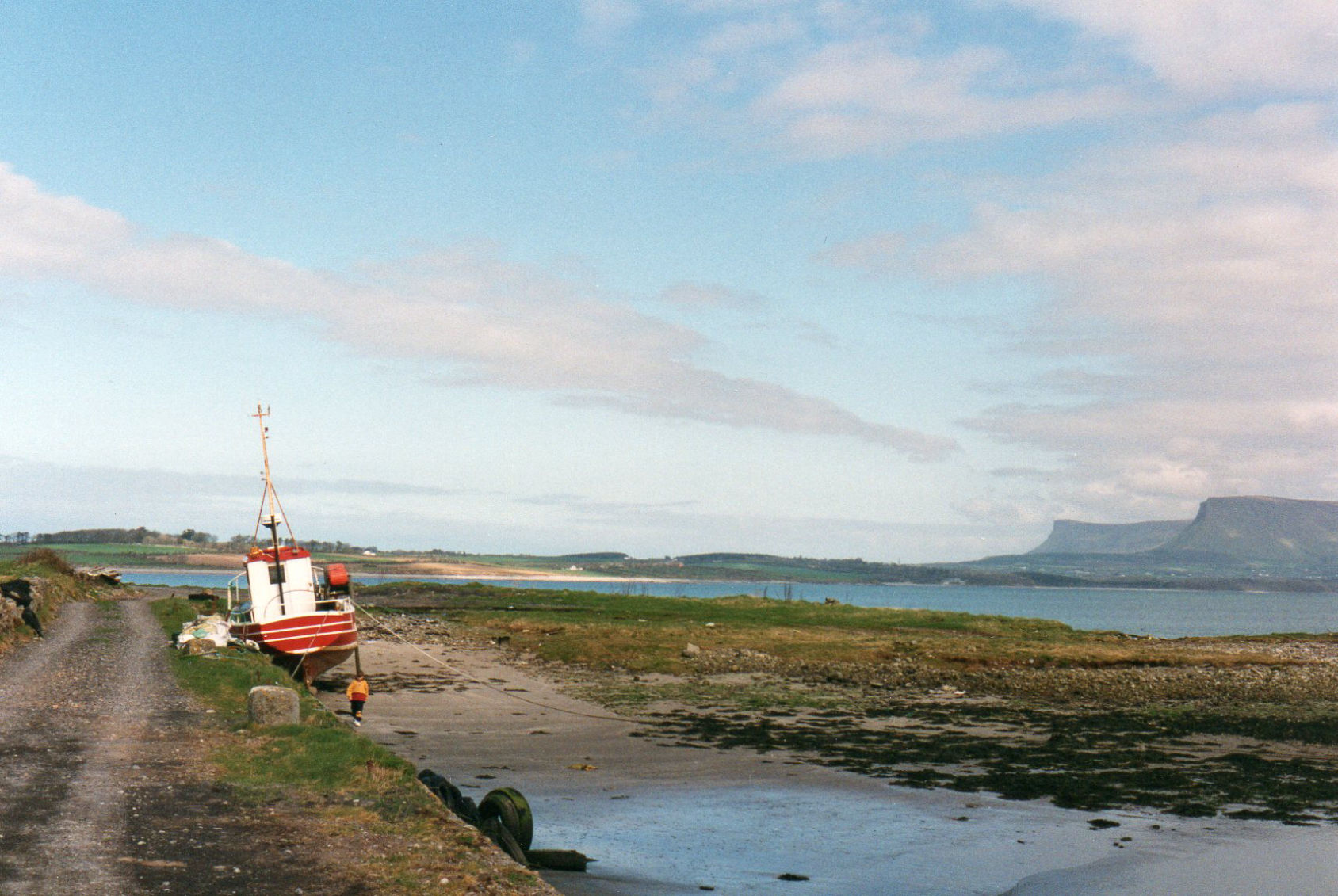
Raghly - Ireland
The Walnut first arrived at Raghly - it was then taken to the Sligo quays.
Courtesy: Heather Browne © Browne Family
Pastor Browne's wife had also kept a newspaper clipping from the Sligo Champion newspaper supposedly dated November 25th, 1948. The headlines read:
Thank you letters to Pastor Browne:
Mrs. Browne had also kept two thank you letters sent to her husband:
To Rev. C.C.W. Browne,
From Walnut passenger -
From Rockhead Hospital, Halifax - December 26th, 1948
Dear Friend,
With our best Christmas wishes from our new homeland. And once more we want to give our best thanks to the people of Sligo and Ireland for the kindness and treatments and all the help we received from there on our long and heavy journey. And as God blessed us to arrive here safely. We’ll always remember Ireland. Your wish and pray for us. The way over Atlantic we passed without larger trouble. On Atlantic had one day and night storm and heavy front wind, which caused us to travel sideways off from the route. Most of the way front wind bothered us and slowed our traveling very much.
Our first stop was at Sydney, Canada. Was planned of having about half day’s stop and get a little more fuel. But in a very short time came up a heavy snow storm, which caused us to anchor up for couple of days in the port, as we had a way of about 240m to travel to Halifax and here we arrived on the 13th of December. All the people feeling very good. Most of the people had suffered with sea sickness, and weakness in cause of poor appetite on the ocean. By now all of us are feeling very fine, and now we just had our first Christmas in Canada, we can be thankful in our new homeland for the good care of us, and our hope is by and by we all can start to work and build our new homes.
Mine and all the others remembrance of Ireland are the same. And hope God Bless people of Ireland.
And wishing a Happy New Year,
Yours truly
Mrs. H Long
Courtesy: Heather Browne © Browne Family
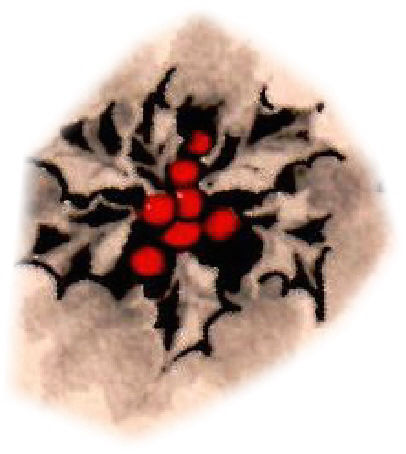
Dear Rev C.C.W. Browne,
Just a few lines to let you know and thank you and all other people of Sligo for the good deed you did for us at Sligo. We and our children will remember your people for ever. We met a gale two days after we left Ireland which lasted for two days, and met another gale 700 ml off Cape Rose . First land we sighted was Cape Breton N.S.
From Sligo to Cape Race 10 ½ days and from Cape Race to Sydney N.S. 12 ½ days. With God’s blessings we arrived all safely. God bless you. A. Linde. Capt
Holiday Cheer
And all good wishes for
A Happy New Year
From all the refugees of the S/S “Walnut” A Linde Captain
Halifax 20.12.48
Courtesy: Heather Browne © Browne Family
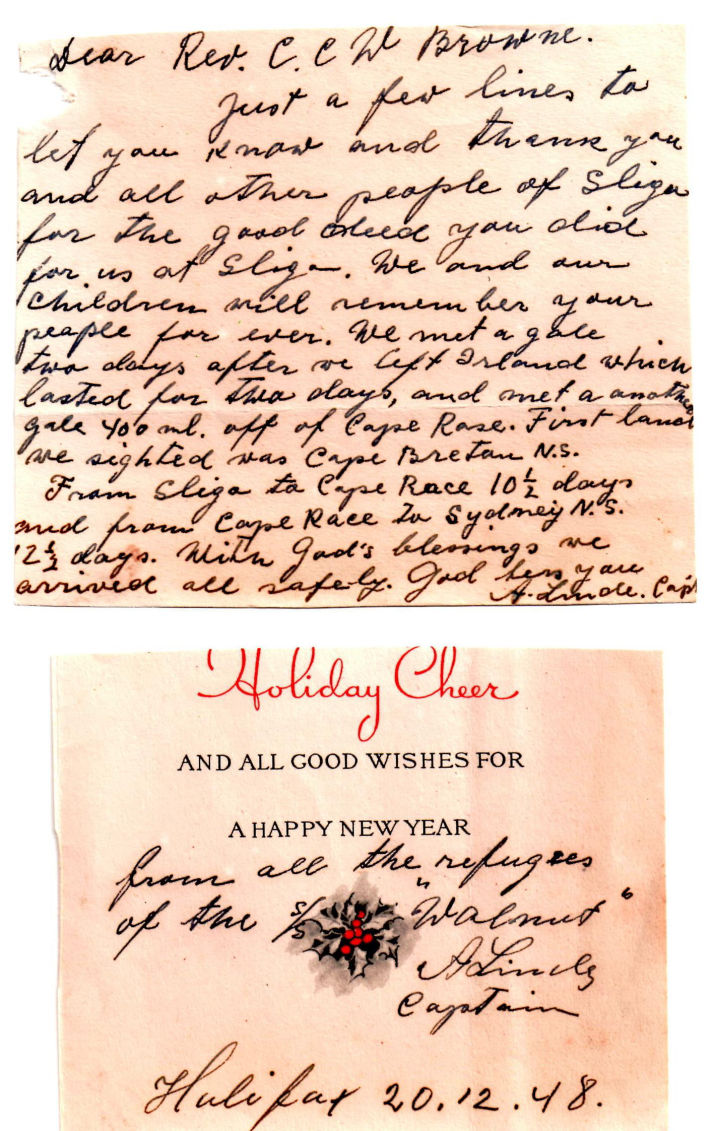
November 2011 ~ In an effort to find more information, Ms. Browne wrote to The Sligo Champion newspaper asking if anyone recalled the Walnut visit. This prompted the paper to run an article on the visit and an article appeared in the paper on October 26th, 2011 - "Remembering the Boat People".
Subsequent to the appearance of the news article, Ms. Browne received an email from a Sligo resident whose brother-in-law remembered the Walnut. He recalled the two life rafts being sold. Apparently one of the life rafts was purchased by the local swimming club and used as a diving stage. The raft eventually drifted onto the Mar Dyke on the Rosses Point Road where it fell into disuse and was eventually turned into scrap. The second raft was charitably purchased by Sligo locals to help the refugees. This raft resided on the Custom House Quay wall where it rusted away. Years later, it too, was turned into scrap.
November 2011 ~ We were also thrilled to receive an e-mail from Mr. Noel Guinane from Omeath, Co. Louth, Ireland who had come across our website. He was a child of five when the Walnut arrived in Sligo. I thank him for sharing his recollections with us. These are his childhood memories of the event:
"In November 1948, I was not quite 5 years old and living with my parents in Sligo. On a dark winter night, that I now know to have been in November, there was a knock on our door and these three or four men (speaking a strange language) were brought in and given a meal by my mother...I think that she also gave them some old baby clothes of mine when they were leaving. I think it must have been raining that night because the men's clothes were wet as I recall my mother drying some clothes in front of our fire.
My next recollection is of my father taking me down to Sligo docks and showing me the steel cylinders on the quayside...I think there were two. I remember him lifting me up onto the cylinders and looking inside a hatch and wondering how people could fit inside. My dad had explained that the poor people who had been in our house had come across the sea from another country in those big metal cans. I cannot remember any ship being mentioned and until recently I had assumed that the Estonians had arrived in Sligo in these iron canisters. I was unaware of their onward voyage to Canada and often wondered what had happened to them. The "lifeboats" were on Sligo quayside for quite some time - perhaps some years, because I recall a few visits to see them.
Years later I recall my father showing me Estonia on a map and, when the Irish soccer team were playing Estonia recently, I decided to see if there was anything on the internet to confirm my memories, and found your site. Delighted to see that everybody survived that hazardous and frightful journey to freedom.
In 1948, we lived off Pearse Road in Sligo...quite some distance from Sligo docks....and I could never understand until last week how these people had found our house that night. I think I may have made the connection now. My dad, Jim Guinane, was at that time teaching in Sligo Grammar School and would therefore have known and possibly worked with Pastor Browne who probably brought the refugees to our house for food and shelter.
I hope this little memory is helpful.
Kind regards to all survivors,"
Noel Guinane, Omeath, Co. Louth, Ireland.
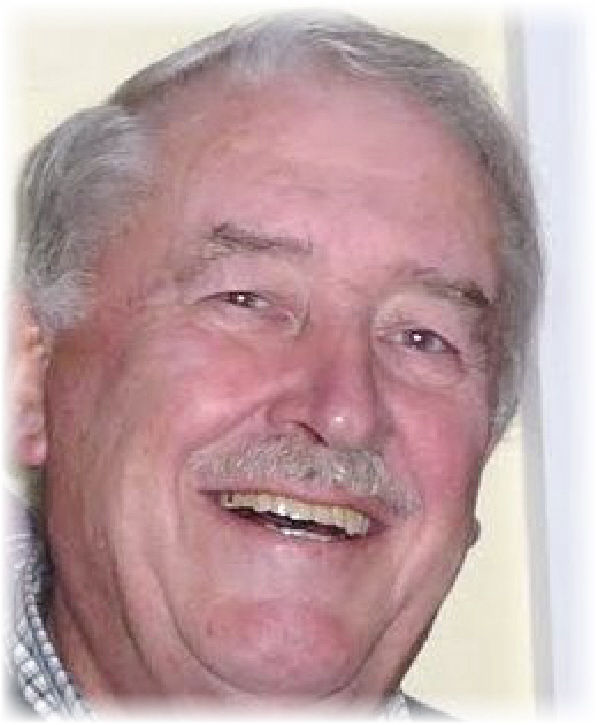
Visit the Sligo Heritage website to read more about the Walnut ship.